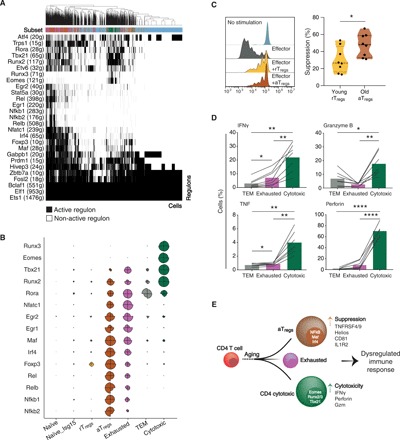Fig. 5. The regulatory and functional properties of RECs.

(A) A heatmap of old CD4 T cells showing 27 high-confidence regulons that were active consistently across all old mice. Active regulons per cell appear in black; the horizontal color bar indicates the subset associated with each cell. Numbers in parentheses represent the number of genes comprising the regulon. (B) Radared-balloon plot showing regulons’ activity per subset per mouse. Each circle corresponds to a single subset and is divided into four slices, one per mouse. Slice size reflects the fraction of subset cells with active regulon, normalized to the maximal fraction of that regulon across mice and subsets (fig. S6A shows other regulons). (C) Ex vivo suppression activity of sorted CD25highCD81− (yellow, cells derived from young mice), referred to as rTregs, or CD25highCD81+ (brown, cells derived from old mice), referred to as aTregs, after 72 hours of coculture with activated naïve CD4 T cells from young CD45.1 mice. The reduction in the proliferation of the activated CD4 T cells was measured via flow cytometry and calculated as percentage of suppression (Materials and Methods). Left: Representative flow cytometry plots showing reduced proliferation in the presence of aTregs. Right: Violin plot showing the suppression ability (%) of rTregs versus aTregs. Each dot represents cells pulled from three mice (n = 8, from two independent experiments). Unpaired t test (*P < 0.05). (D) The percentage of cells positive to pro-inflammatory and cytotoxic cytokines in TEM, exhausted, and cytotoxic subsets after 48 hours of activation, measured by flow cytometry. Lines connect measurements within the same mouse. Data from two independent experiments, n = 7 mice. Paired t test (*P < 0.05, **P < 0.01, and ****P < 10−4). (E) Schematic illustration of the accumulation of RECs with age, showing their key transcription factors and markers (within and to the right of each cell, respectively), which point to a dysregulated immune response.
